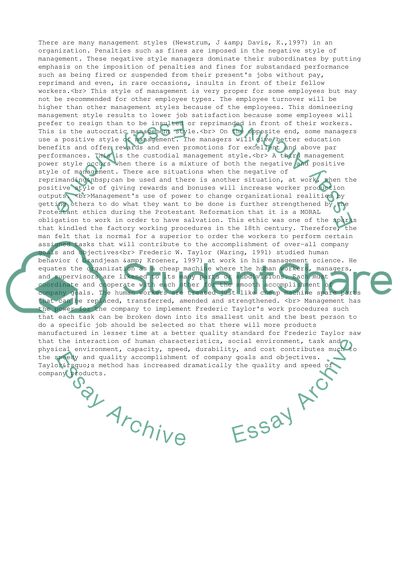Cite this document
(Management Styles Essay Example | Topics and Well Written Essays - 1500 words, n.d.)
Management Styles Essay Example | Topics and Well Written Essays - 1500 words. Retrieved from https://studentshare.org/management/1502006-management-styles
Management Styles Essay Example | Topics and Well Written Essays - 1500 words. Retrieved from https://studentshare.org/management/1502006-management-styles
(Management Styles Essay Example | Topics and Well Written Essays - 1500 Words)
Management Styles Essay Example | Topics and Well Written Essays - 1500 Words. https://studentshare.org/management/1502006-management-styles.
Management Styles Essay Example | Topics and Well Written Essays - 1500 Words. https://studentshare.org/management/1502006-management-styles.
“Management Styles Essay Example | Topics and Well Written Essays - 1500 Words”, n.d. https://studentshare.org/management/1502006-management-styles.


